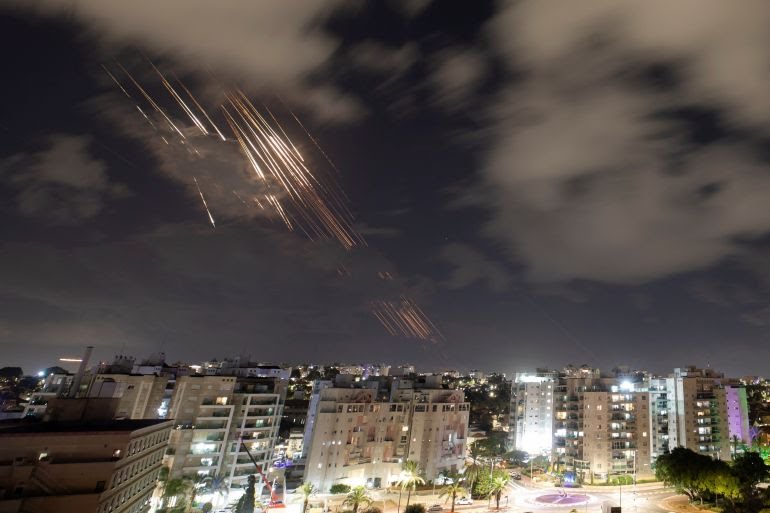Israel’s Iron Dome and Arrow 3 missile defense systems, famed for their rapid response and life-saving capabilities, are now in jeopardy as stockpiles of interceptors dwindle amid a year of intense conflict with Gaza and Lebanon. Facing consistent missile strikes and recent escalations with Hezbollah, Israel’s defenses have taken a significant toll. Experts warn the shortage could soon force Israel to prioritize certain regions, leaving areas vulnerable to incoming threats if interceptors aren’t replenished.
The $2 million Arrow 3 interceptors, capable of countering high-speed ballistic missiles from long distances, are crucial for defending against Iran-backed Hezbollah and other proxy groups firing from Lebanon. As the U.S. rushes to deploy its THAAD defense system to bolster Israel’s protection, officials like Dana Stroul, a former U.S. defense specialist, caution that the demands of supplying both Ukraine and Israel may stretch American resources to their limits.
Boaz Levy, CEO of Israel Aerospace Industries, revealed that production lines are operating around the clock to meet Israel’s needs. However, open-source intelligence reports indicate over 30 Iranian ballistic missiles evaded defenses, striking Nevatim Air Base on October 1, with others landing near Mossad headquarters. This vulnerability underscores the pressing need to replenish Israel’s defenses as rocket fire escalates.
Hezbollah’s current strikes represent only a fraction of its capabilities, with potential to escalate significantly. Former Israeli general Assaf Orion explains that the group could launch up to 2,000 rockets daily—adding urgency to Israel’s call for international assistance to avert a potential defense crisis.












